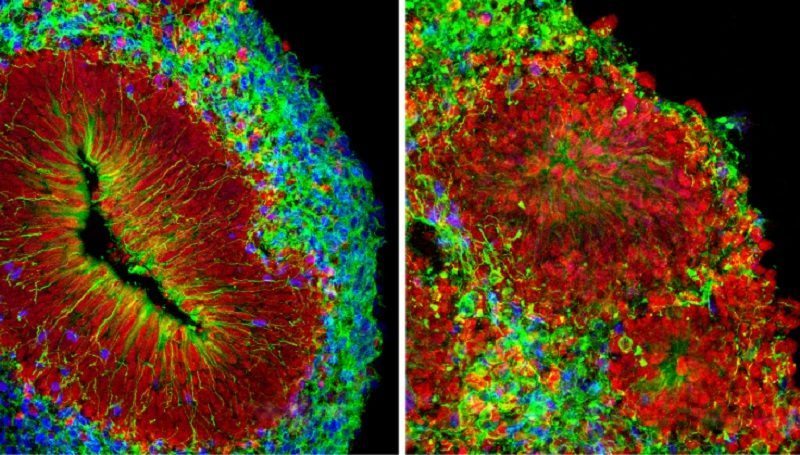Student’s 3D-Printed Mini-Brains Could Help Topple Zika Virus
Ashley Allen / 9 years ago

While Zika, the mosquito-spread virus, slowly spreads across parts of the Southern Hemisphere, the key to a cure may lie in the work of a then-16-year-old high school student. Back in 2013, high schooler Christopher Hadiono managed to get himself a three-month internship at John Hopkins University in Baltimore, under Professor of Neurology Hongjun Song. While the internship was hard-won, Hadiono expected to be little more than a lab assistant. Little did he know, but he was about to become involved in something much more important.
“I thought I would be working with stem cells and pipettes,” Hadiono told Spectrum. “I ended up doing something completely different.”
During his first few weeks at John Hopkins, Hadiono had learned to create machine parts using a 3D printer. By the time his internship had come to an end, he had built a bioreactor that could create hundreds of mini-brains – cell clusters that mimic the neuron patterns of a brain – at once, which would mature over the following few months.
“I was shocked,” Song said of the moment he saw the bioreactor – dubbed the SpinΩ – in action. “We did not think that even a biotechnology graduate student could make this into a reality.”
The mini-brains created by the SpinΩ have since become integrated in current studies into Zika – the cell clusters have been infected with the virus – and the results have given researchers a valuable insight into how tampers with the fetal microbrain, which has been seen manifesting as microcephaly – shrinking of the brain – in babies born to infected mothers.



















